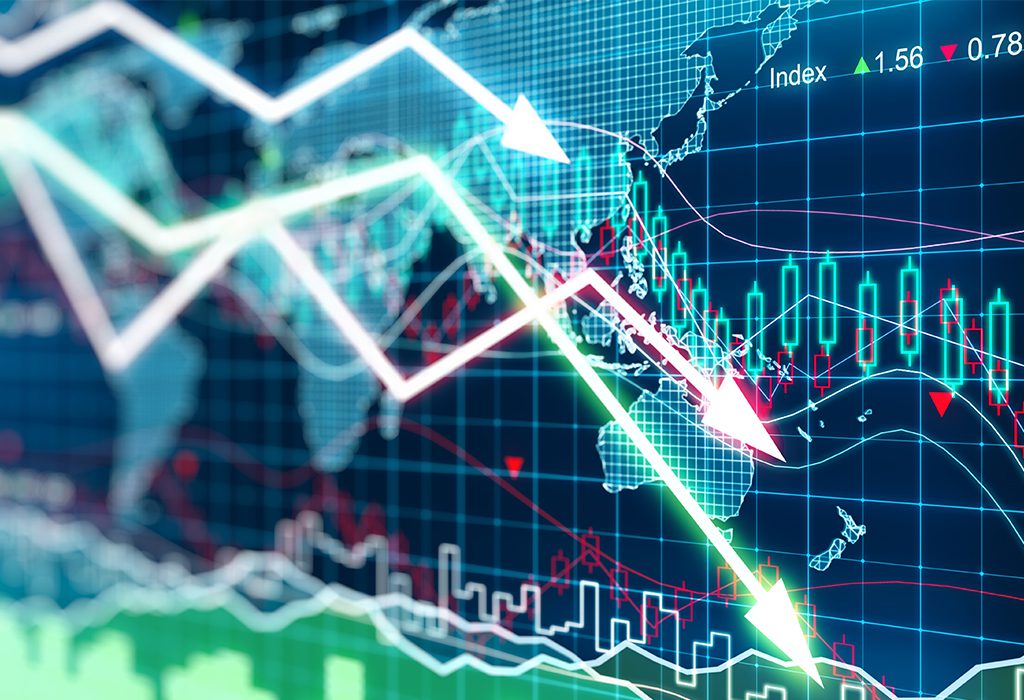
IESE Insight
Prepare for a change in the financial cycle
The collapse of Silicon Valley Bank and Signature Bank raises fears that rising interest rates will destabilize the economy. But in the fight against inflation, there is no choice.
2023 began with a revision upward of the IMF’s forecasts. Europe’s ability to reduce its reliance on Russian gas, together with the end of lockdown in China, gave cause for optimism — unsurprising, since the bulk of world economic growth comes from China and India.
However, inflation remains a thorn in the side of recovery. While some international organizations insist it won’t last long, IESE professor Jordi Gual expressed his reservations in a session on IESE’s Barcelona campus on March 13, 2023.
The pandemic is behind us, but the debt inherited from the policies applied to stimulate the economy remains. We could say that the U.S. economy, like the EU one, has been “doped.” And the result is inflation not seen in many years, says Gual.
The issue is not that inflation could reach 10% but the extent of the core inflation rate (see “How high will interest rates go?”). This is very high in the United States, where the labor market is tight due to pandemic-related early retirements and deaths and policies against immigration, which have pushed wages higher. In this context, lowering inflation seems complicated.
In Spain, core inflation is around 7.5%, while headline inflation is around 6%. Why is core inflation higher than headline inflation, unlike in the United States and the rest of Europe? It’s because government interventions have tried to limit headline inflation with subsidies, a policy that increases public debt.
Although the Spanish economy will grow in 2023, “we have to be careful that the inflationary shock does not become entrenched,” Gual warns. Wages in Spain are growing less than in other countries, but there is concern that the tendency to include indexation in collective bargaining agreements could lead to future increases.
Energy and geopolitics
In addition to excess liquidity, there is the war in Ukraine, which is turning into a war of attrition and is expected to drag on for some time.
It is possible that the Russian economy has shrunk by more than the 2% that the government admits. Sanctions are starting to take their toll. But these only affect Russia, not the countries that deal with it. And the West has not been able to isolate Russia. Its popularity has declined, but many countries, including China, India and South Africa, abstained from condemning the attack on Ukraine at the United Nations. There is a correlation between the U.N. vote and sympathy for Russia, with many countries perceiving the sanctions as an attempt by the West to maintain its global dominance.
The energy side of the conflict remains crucial, with the position of the West reminiscent of oil crises of the past. However, the use of liquefied gas from countries other than Russia has been the key to lowering gas prices and moderating oil prices. Europe already has reserves for next winter (with this accumulation explaining the rise in prices). The effect of China’s reactivation after lockdown remains to be seen.
For Gual, a bright spot is Europe’s reaction to the situation: coming together to form joint defense, energy and foreign affairs plans. Now it’s important not to sink back into complacency and to remain vigilant for future potential threats.
A new cold war?
Xi Jinping has consolidated his position as China’s supreme leader, extending his government and bringing together all executive, legislative and judicial powers. This raises fears of a reversal of the regime’s openness. China’s GDP per capita is at levels approaching developed countries. Although it is autocratic, the government will nonetheless need to continue delivering growth, and is pivoting its growth formula toward a more Western style: public and private sector indebtedness.
From a business perspective, Xi’s policy stance clashes head-on with the United States, where current President Joe Biden is following a trade and immigration policy reminiscent of former President Donald Trump.
This has implications for global supply chains, with just-in-time giving way to just-in-case, i.e., keeping extra stock to cover possible supply chain disruptions. The world is becoming increasingly regionalized, with friendshoring replacing offshoring, limiting business to friendly countries.
In this context, two major blocs have emerged: China and the United States. The former has lost sympathy in the West, but its relationship with African countries remains good. The United States has many allies, but Europe has traditionally viewed it with suspicion, notes Gual. And although Europe would like to position itself as a large third bloc, the world is increasingly bipolar. Meanwhile, Russian and Chinese popularity within the U.S. is at Cold War-era levels, with high levels of animosity and antagonism toward the country.
Changes in the financial cycle
The rise in interest rates is an attempt to curb inflation. Gual believes it has come too late. Not only have the U.S. Federal Reserve and the European Central Bank delayed implementing the increase, but financial markets also seemed convinced it wouldn’t happen. That delay explains the aggressiveness of the increase, but even so, “the real rate is still low.” And Europe is lagging behind the United States: on March 8th, 5.75% was predicted in the United States, contrasted with 4.25% in Europe.
Some see the fall of Silicon Valley Bank and Signature Bank as a sign that rates cannot be raised further without shaking the economy. But, in reality, “weak and poorly designed businesses will fail.”
In the fight against inflation, “there is no choice but to raise interest rates.” The aim is precisely to contract the economy, causing unemployment to rise and prices to moderate. Normally, the effects of a rate increase have a lag of about 18 months.
It is a time of fiscal dominance, high inflation and economic growth. It is possible that the United States will continue to raise rates and go for a soft landing. But in Europe there is great resistance to rate hikes, suggesting a potential hard landing. The worst-case scenario is that the economy shrinks even as inflation remains.
In contrast with the 2008 crisis, however, the current situation is more standard, meaning lessons can be drawn from the past. In the ’70s and ’80s, inflation didn’t come down until the third interest rate hike, under Fed Chairman Paul Volcker. The lesson is to raise interest rates and not lower them until core inflation comes down.
This change of cycle necessarily implies that general credit conditions are going to be more complex. For this reason, Gual advises, companies should be cautious and devote efforts to managing the reorganization of their global strategies. The current geopolitical situation calls for a long-term strategic vision of how the landscape will be reconfigured.

